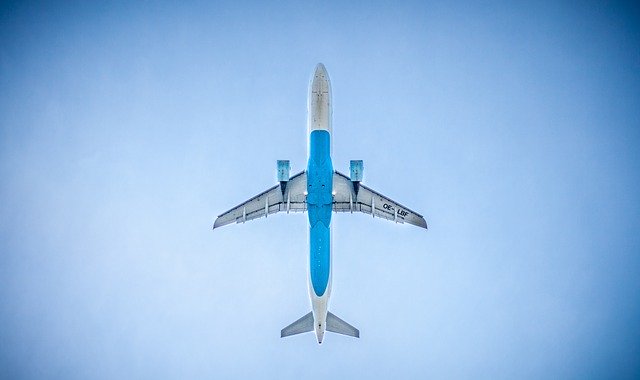The International Air Transport Association announced that the strong post-pandemic passenger traffic trend continued in August.
Total traffic in August 2023 (measured in revenue passenger kilometers or RPKs) rose 28.4 per cent compared to August 2022. Globally, traffic is now at 95.7 per cent of pre-COVID levels.
Domestic traffic for August rose 25.4 per cent versus August 2022 and was 9.2 per cent above the August 2019 results. This is largely driven by Chinese domestic demand.
International traffic climbed 30.4 per cent compared to the same month a year ago. All markets saw double-digit percentage gains year on year. International RPKs reached 88.5 per cent of August 2019 levels.
“Demand for air travel performed well in August,” says IATA director general Willie Walsh.
“For the year to date, international traffic has increased by 50 per cent versus last year and ticket sales data show international bookings strengthening for travel in the last part of the year.”
Asia-Pacific airlines saw a 98.5 pe cent increase in August 2023 traffic compared to August 2022, continuing to lead the regions. Capacity climbed 85.5 per cent and the load factor increased by 5.5 percentage points to 84.2 per cent.
“Heading into the last quarter of the year, the airline industry is nearly fully recovered to 2019 levels of demand,” says Willie.
“The focus, however, has not been on getting back to a specific number of passengers or flights, but rather on meeting the demand by businesses and individuals for connectivity that was artificially suppressed for more than two years.
“Having seen the economic, social, and personal losses when airlines could not fly during the COVID-19 crisis, this industry is determined to secure a sustainable long-term future by achieving net zero carbon emissions by 2050.
“That was clearly evident at the first IATA World Sustainability Symposium where discussions focused on how to decarbonize. We know that our customers want a world in which they can enjoy the freedom to travel sustainably.
“This inaugural WSS was a critical step in aligning policy makers, the aviation value chain and airlines with the concrete steps needed to deliver. And we will measure progress when we meet again in a year’s time,” says Willie.



